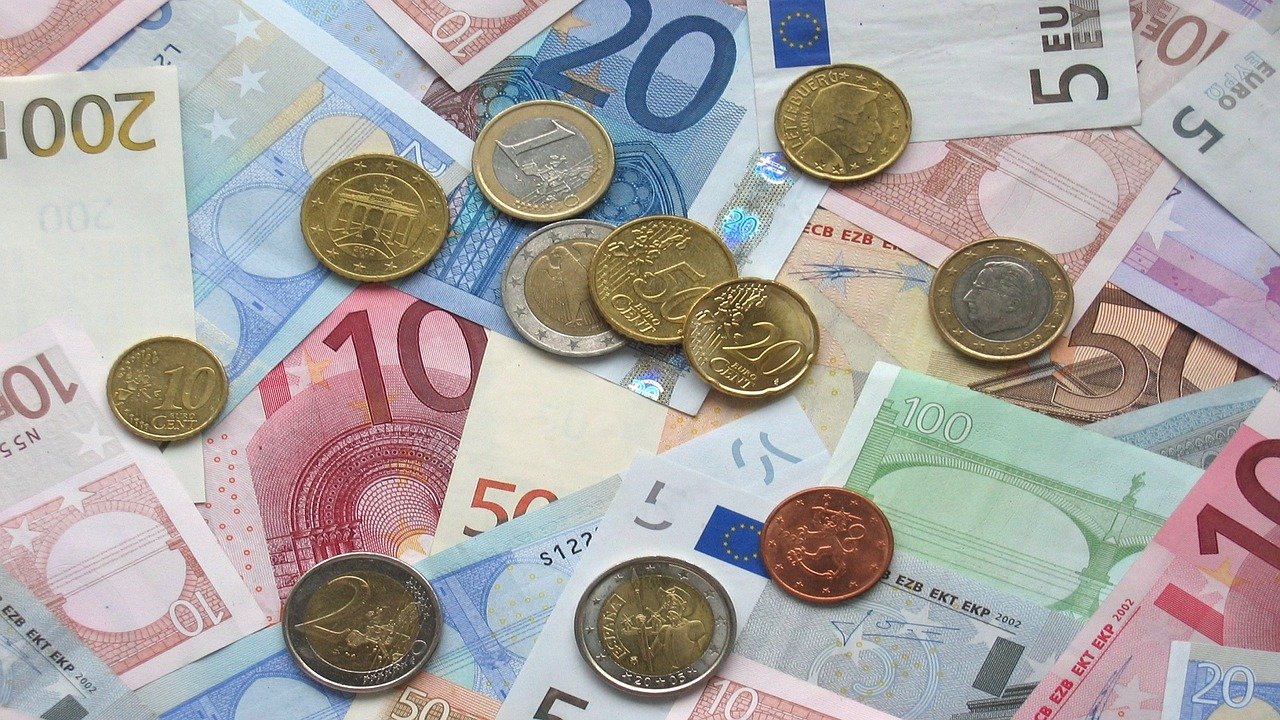Conducting business in the global economy can be challenging, complex, and expensive. To combat this and create a more competitive arena, the European Union established the Single Euro Payments Area (SEPA) initiative, which allows for smooth and efficient financial transactions between Eurozone countries. These transactions are accomplished by SEPA Transfers, which offer options to accommodate both individuals and B2B customers.
What is a SEPA Transfer?
SEPA Transfers simplify cross-border money transfers through the Single Euro Payments Area (SEPA), consisting of the European Union and eight other European countries and microstates. SEPA transfers are similar to domestic transfers because the banks that support SEPA payments maintain relationships with network banks, enabling quick and effortless transfers across international borders.
Types of SEPA Transfers
To facilitate the different needs and requirements of people who desire to use the network, the European Payment Council created the SEPA Direct Debit and the SEPA Credit Transfer.
SEPA Direct Debit
The SEPA Direct Debit transfer is a convenient way to handle rent, subscriptions, insurance premiums, and other recurring payments. In this case, the word debit does not imply using a card but a bank-to-bank transfer of funds.
After the debtor provides the creditor with a signed authorization, the creditor or merchant can pull the money from the individual’s bank account for payment. The payee must also have the payer’s International Bank Account Number (IBAN) information to collect the SEPA payment.
The SEPA Direct Debit involves two “schemes” or programs: SEPA Direct Debit Core and SEPA Direct Debit B2B (Business to Business). The SEPA Direct Debit Core is geared toward individuals and retail customers, and is mandated for all SEPA banks that participate in the scheme and offer Euro-denominated direct debits.
The Direct Debit B2B is available only to businesses collecting payments from other businesses, and banks participating in SEPA have the option of offering it, but it is not mandatory.
SEPA Credit Transfer
The SEPA Credit Transfer service is an interbank payment scheme that establishes rules and procedures for credit transfers in Euros. SEPA Credit Transfers can be used for one-time and recurring payments and bulk payments such as company payroll involving payments to multiple individual accounts.
SEPA Credit Transfer is also known as SEPA Instant Credit Transfer and, once confirmed, can be available in the payee’s bank account in ten seconds up to a maximum of €15,000. This rapid transaction is possible because no intermediaries are involved—the funds travel directly from the sender’s bank to the receiver’s. The service is available in eight Eurozone countries.
Some key features of the SEPA Credit Transfer are the beneficiary receives the funds within one business day after the payment is executed, the cost of a SEPA cross-border payment will be the same as the cost of the local transfer, and the beneficiary receives the full amount—there are no hidden costs.
How do SEPA transfers work?
Making a SEPA transfer
As mentioned above, a SEPA transfer is similar to a domestic transfer. If the payer and the payee both have bank accounts in the SEPA system, the payer will initiate the transfer, and the payer’s bank will debit their account. The payer’s bank will then credit the payee’s bank, which will in turn, credit the payee’s personal account.
If the payer’s and payee’s bank do not have an established relationship, an extra step takes place in the process—the payer’s bank credits the debit amount in a central bank in Europe, which then credits the payee’s bank.
What currencies are accepted through SEPA transfers?
Only Euros are accepted in SEPA transfers, and if the respective accounts are not in Euros, a currency exchange must occur.
How long does a SEPA transfer take?
If the SEPA Direct Debit transfer is performed under the core scheme, it takes a minimum of three interbank working days, but if the transfer is conducted under the SEPA Direct Debit B2B scheme, it usually takes two interbank working days. These are official time frames, but actual times tend to be less.
What is the difference between SEPA Transfers vs. SWIFT Transfers?
SWIFT is an acronym for the Society of Worldwide Interbank Financial Telecommunication and operates a system of financial institutions worldwide. Although SWIFT offers international money transfers in multiple currencies, it requires considerably more information for the transfer than does SEPA. Where SEPA requires the IBAN, SWIFT requires the IBAN, BIC, SWIFT code, the beneficiary address and bank details, account number, branch code, and specific currency.
The creation of the SEPA program has helped promote easier and lower cost transfers of funds between consumers and businesses throughout the EU.



 Bitcoin
Bitcoin  Ethereum
Ethereum  Tether
Tether  XRP
XRP  Solana
Solana  USDC
USDC  TRON
TRON  Cardano
Cardano  Lido Staked Ether
Lido Staked Ether  Avalanche
Avalanche  Toncoin
Toncoin